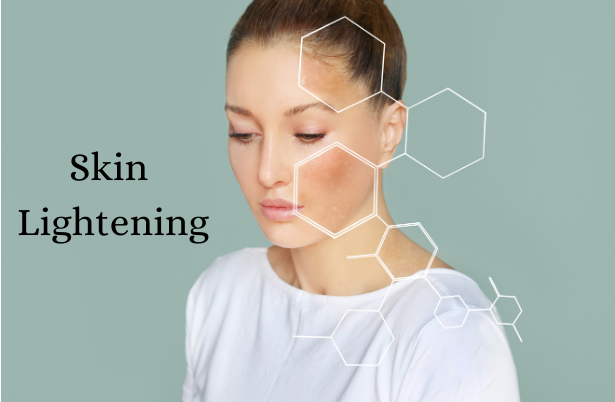Melasma is a common skin condition that is characterized by hyperpigmentation on the face. It is more prevalent in women, particularly during pregnancy, and those with darker skin tones. While it is not harmful to one’s health, melasma can be a source of self-consciousness and may affect one’s quality of life.
One melasma treatment in Singapore is Pico laser therapy. Pico laser is a type of laser treatment that uses ultra-short pulses of energy to break down pigmentation in the skin. This treatment is considered safe and effective for reducing the appearance of melasma. Pico laser therapy can target specific areas of hyperpigmentation without damaging the surrounding skin, making it a popular choice for those seeking to improve the appearance of their skin.
Overall, Pico laser therapy is a promising treatment option for those with melasma. It is important to consult with a dermatologist or skincare professional to determine if Pico laser therapy is the right choice for you. With proper care and treatment, individuals with melasma can achieve clearer, more even-toned skin and feel more confident in their appearance.
Understanding Melasma
Melasma is a common skin condition that causes dark, patchy areas on the face and other areas of skin exposed to the sun. It is more common in women than men, and it is often associated with hormonal changes, such as those that occur during pregnancy. In this section, we will discuss the causes and risk factors, symptoms and diagnosis, and the occurrence of melasma in men and women.
Causes and Risk Factors
One of the most significant risk factors is sun exposure, which can trigger or worsen the condition. Hormonal changes, such as those that occur during pregnancy or while taking birth control pills, can also play a role in the development of melasma. Additionally, genetic predisposition and the presence of certain medical conditions, such as thyroid disease, can increase the risk of developing melasma.
Effective Treatments for Melasma
Topical Creams
Topical creams are a common treatment option for melasma. Hydroquinone is a commonly used skin lightening agent that can be found in many topical creams. It works by inhibiting the production of melanin, which is the pigment that gives skin its color. However, prolonged use of hydroquinone can lead to side effects such as skin irritation, redness, and a bluish-black discoloration of the skin. Other topical creams that may be used to treat melasma include tretinoin, azelaic acid, and kojic acid.
Medications
Oral medications may also be used as an effective melasma treatment in Singapore. Tranexamic acid is a medication that works by inhibiting the production of melanin. It has been found to be effective in reducing the appearance of melasma, particularly when used in combination with other treatments such as topical creams. However, it can cause side effects such as gastrointestinal upset and headaches. Other medications that may be used to treat melasma include corticosteroids and nonsteroidal anti-inflammatory drugs (NSAIDs).
Laser Treatments for Melasma
Types of Lasers
There are several types of lasers used for the treatment of melasma. These include Q-switched lasers, Pico lasers, and fractional lasers. Q-switched lasers are the most commonly used lasers for melasma treatment. They emit high-intensity light pulses of 1064 nm or 755 nm, which target the melanin pigment in the skin. Pico lasers are a newer type of laser that emit pulses in the picosecond range, which are shorter than those emitted by Q-switched lasers. Fractional lasers are another type of laser that create microscopic wounds in the skin to stimulate collagen production and reduce pigmentation.
Procedure and Sessions
The laser treatment for melasma typically involves multiple sessions, spaced several weeks apart. During the procedure, the laser is directed at the affected area of the skin, and the light energy is absorbed by the melanin pigment. This causes the pigment to break down and be absorbed by the body. The number of sessions required depends on the severity of the melasma and the type of laser used.


